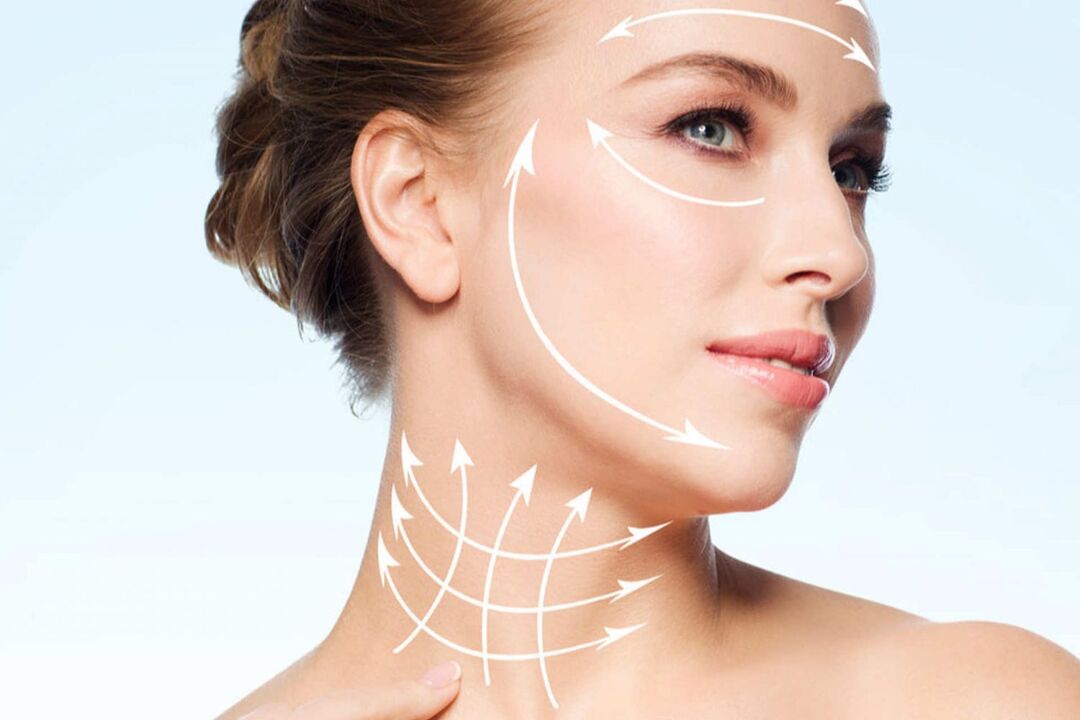
Cosmetic injection technology
Botulinum toxin therapy
Notes 1 unit of action is equivalent to 3 × 107 botulinum toxin molecules. The dosage (number of action units) is determined by the beautician. On average, we are talking about the following figures:
- Forehead area - 20–30 units;
- Chin - up to 10 units;
- Area around the eyes - 24 units;
- Nose and bridge - 10 units.
Contour plastic
Notes
Most modern fillers are based on hyaluronic acid. It is part of the intercellular substance and plays an important role in maintaining the water balance of tissues and their recovery when damaged. Injections of hyaluronic acid not only help moisturize the tissue, but also stimulate the body's own production of framework proteins - collagen and elastin.
bioaugmentation
biological regeneration
vector boost
plasma boost
- Oncological diseases, hepatitis, blood diseases;
- pregnancy and lactation;
- Infectious and inflammatory skin diseases;
- Exacerbation of chronic diseases, acute infections.
mesotherapy
According to statistics. . .
. . . Women in the age group of 35 to 64 account for approximately 60% of all those seeking help from beauticians.






































































